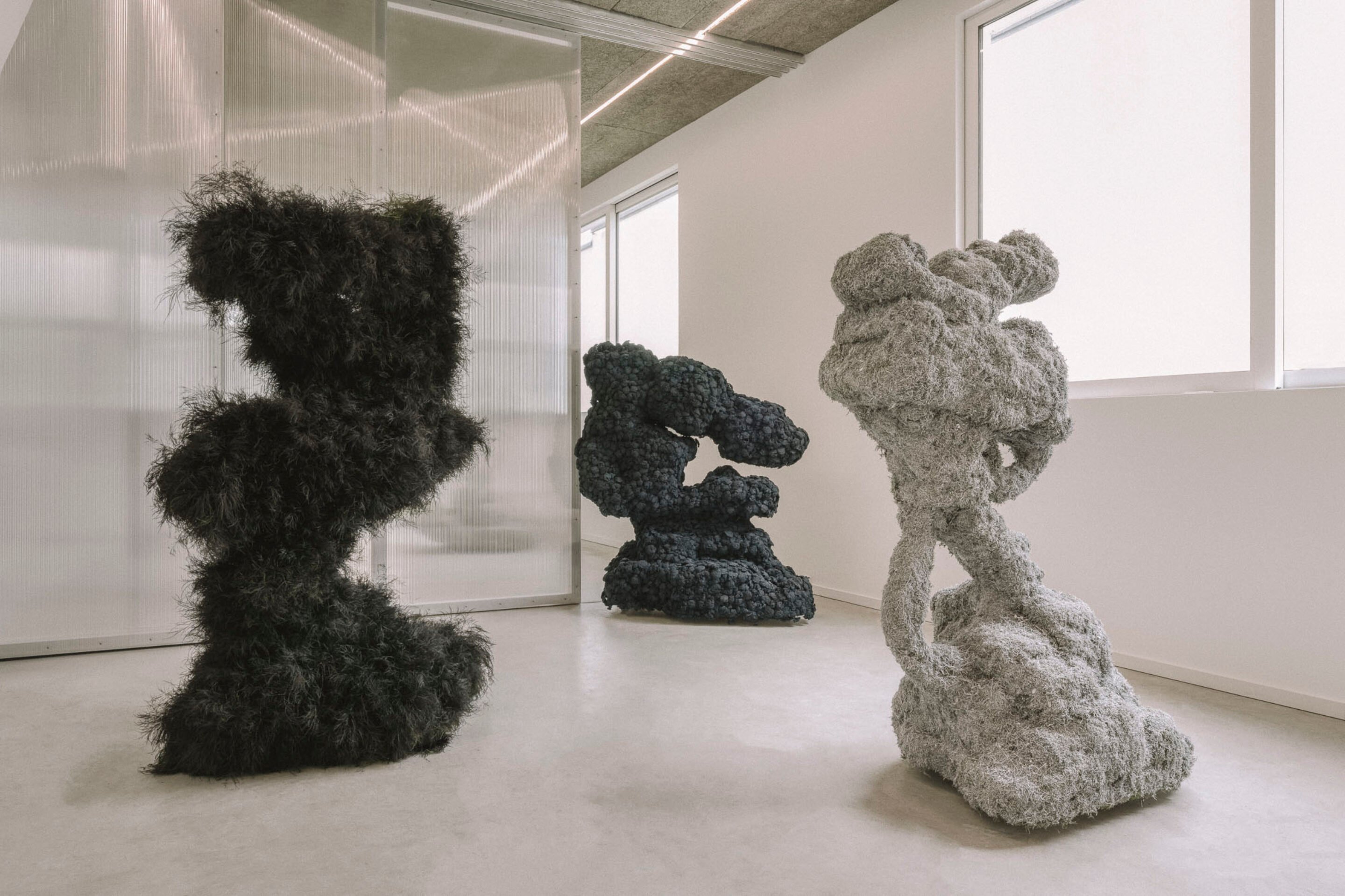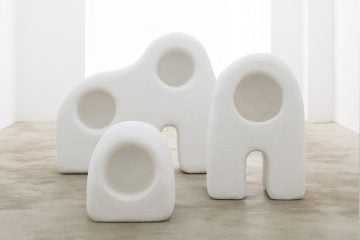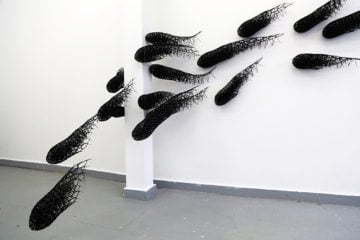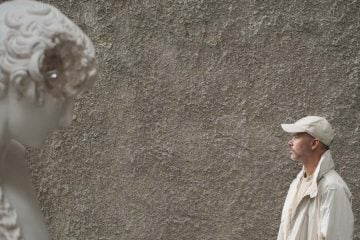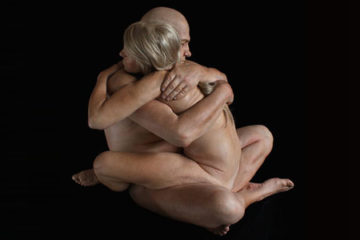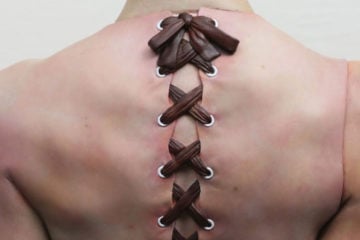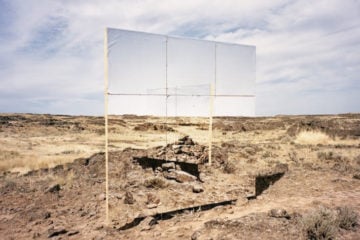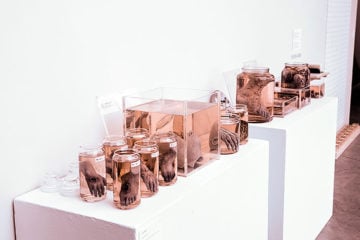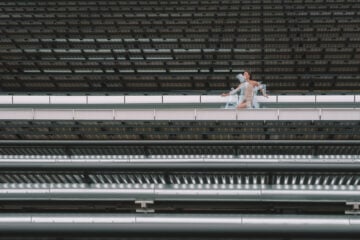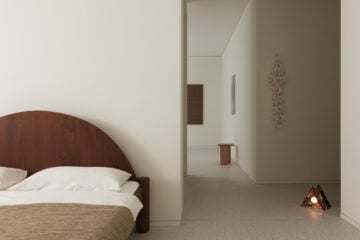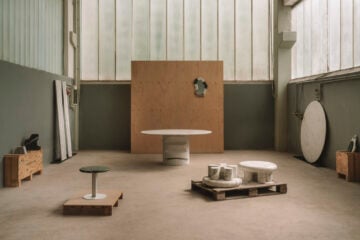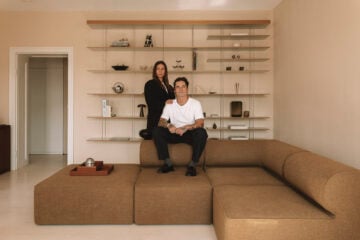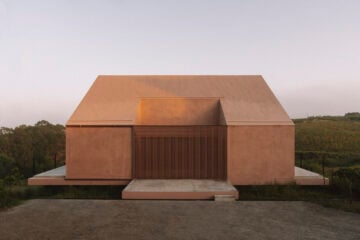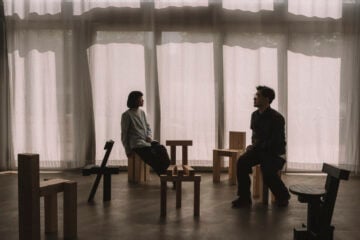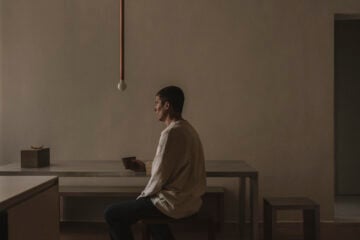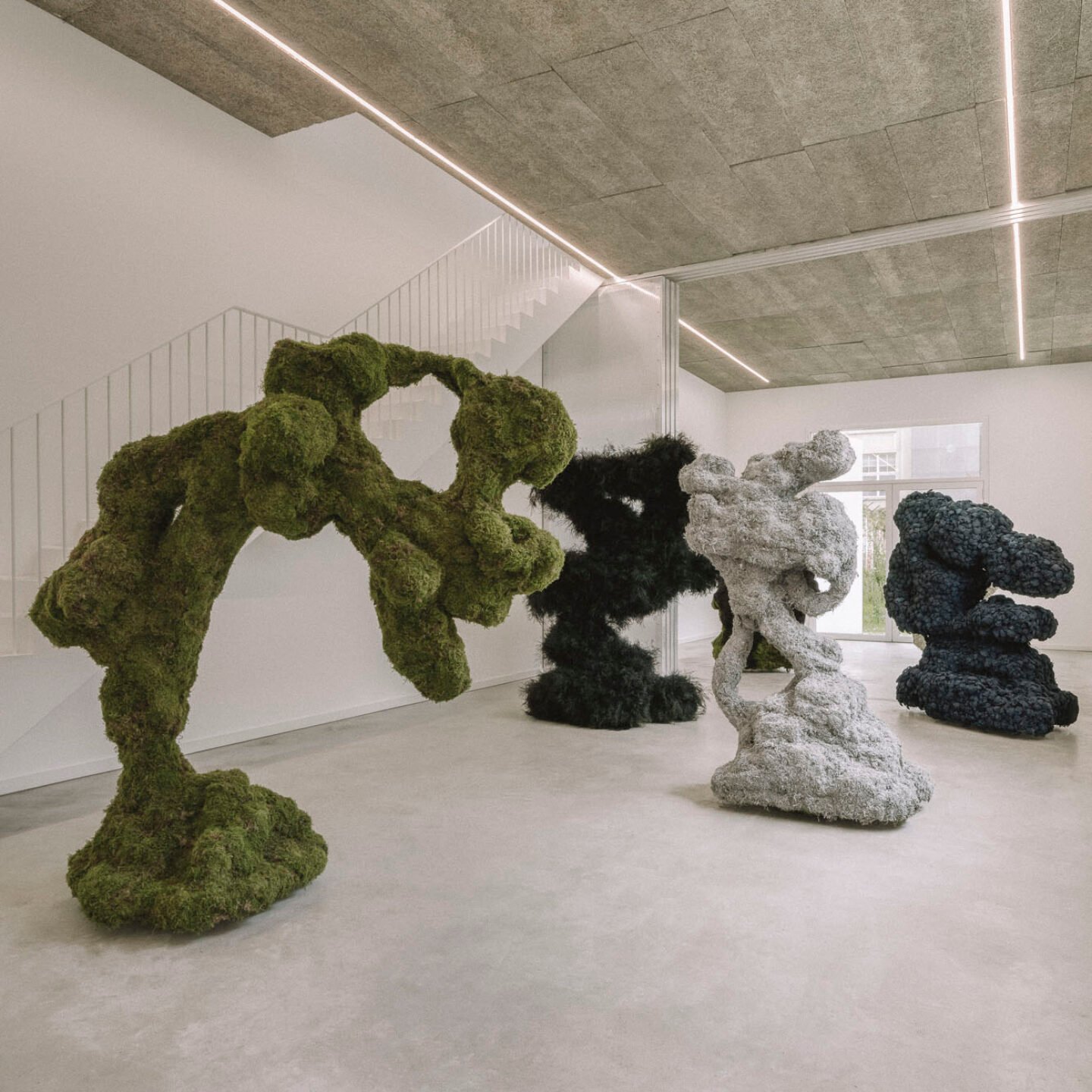
Studio Lilo’s Living Sculptures Reimagine Floral Design
- Name
- Studio Lilo
- Project
- Is this even real?
- Images
- Clemens Poloczek
- Words
- Anna Dorothea Ker
A spongy carpet of velvety green oozes out of a corner, spilling along a corridor between perforated concrete and glass. A string of yellow beans winds itself down a stainless-steel shelf. Mounds of grapes atop a banquet table recall a Nature Morte painting. Each is the work of Studio Lilo, the practice of Kreuzberg-born and -bred artist Lilo Klinkenberg, whose darkly romantic living sculptures have over the past few years unfurled across industrial spaces, art institutions and high fashion installations around the world. In conversation with Ignant, Klinkenberg shares her trajectory from fashion to hospitality and floral design, her unlikely sources of inspiration, and her enduring appreciation for chicken wire.
For the Love of Moss
“Moss, for me, is like clay for other artists,” says Lilo Klinkenberg. “It can have this really radical feel to it. But it can also have this really sensitive, kind of sensual feeling. I can shape it every way I want.” Of all the organic matter that comes in and out of her Kreuzberg studio, moss has become a mainstay. She’s worked it atop long dining tables and along halls in the Langen Foundation for Cartier, into large-scale installations for FLOS at Salone del Mobile, and as part of set designs for High Snobiety, among others. Its hardiness helps. “Moss is really easy to keep alive,” she says. “You just need to spray it with water to keep it green.”
The cushiony plant took also featured in Studio Lilo’s first exhibition, ‘Is This Even Real?’, held in summer 2024 at Berlin’s BAM Works gallery. Six large-scale botanical sculptures combining organic forms with surreal-seeming treatments formed an experiential installation that invited guests to rethink the divide between the natural and the unnatural. “It was more about asking questions than giving answers,” Klinkenberg notes of her intent.
If pushed to answer, she’d err on the side of yes. “For me, it is real, because people felt something when they came in,” she says. “Either it’s that they have associations coming up, reminding them of something they saw in their childhood, or a book they read when they were little. I think it’s all about emotions. Everything I create is also out of emotions; things that I have in me subconsciously.”
Conjuring a multi-sensory atmosphere helped to engage the subconscious of her viewers, too. “It was really important to me that everything aligned: the music, the scent, the room. Everything had to work together.” She worked with Berlin air designers AOIRO to pair their Hakudo scent line with her works, dripping the natural essences directly onto the moss – “we decided that the darker scent would go to the darker sculptures and the lighter with the more natural ones.”
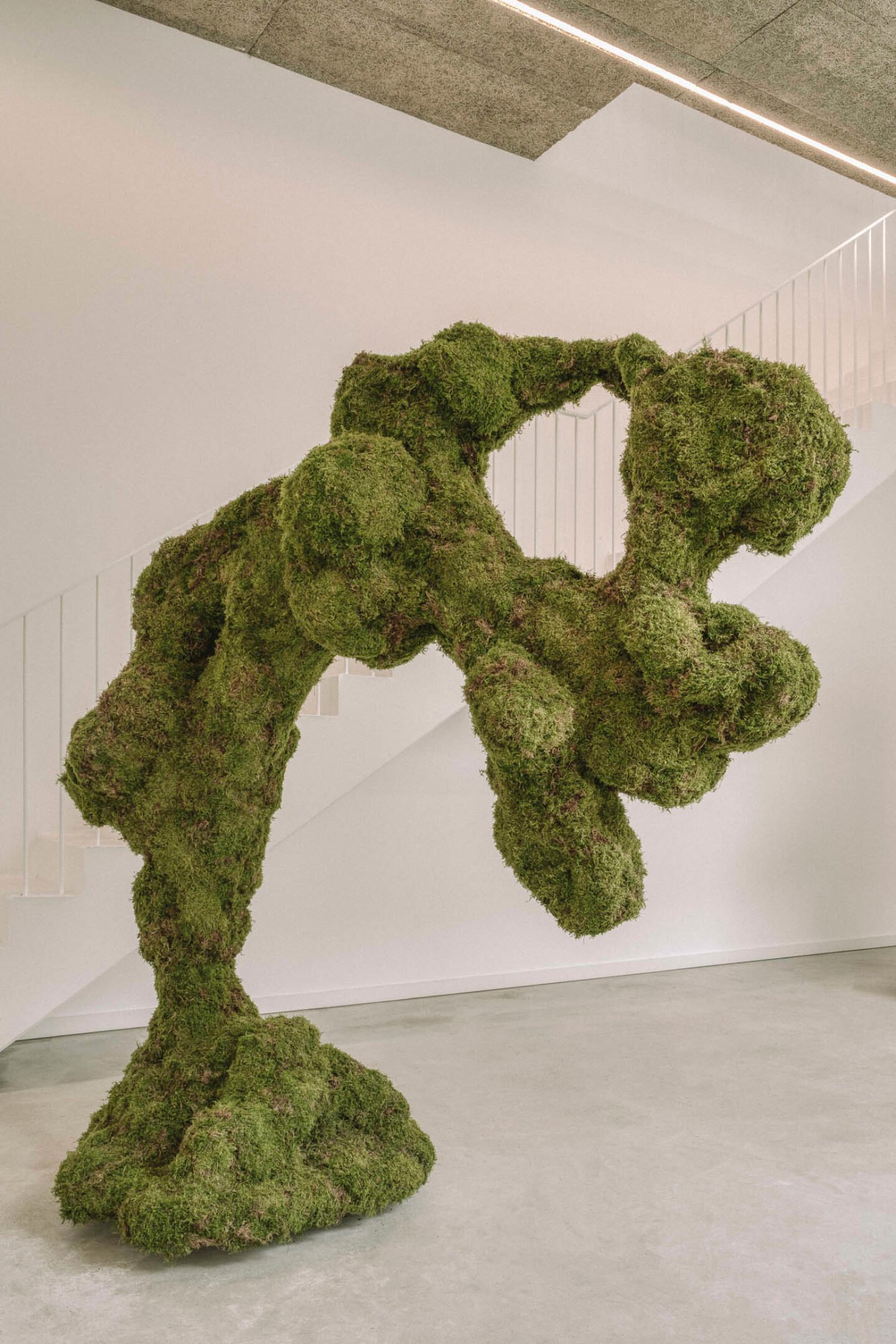
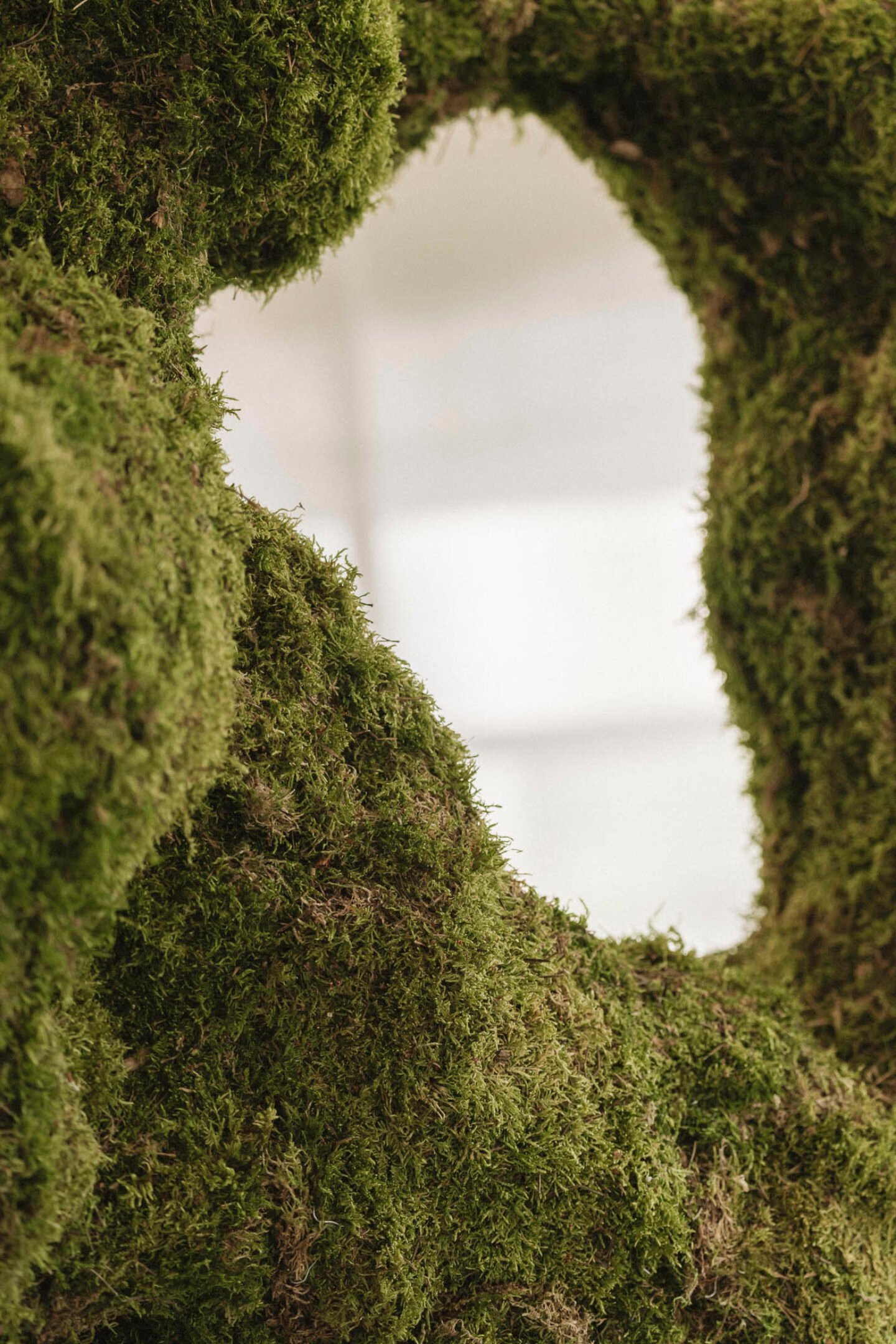
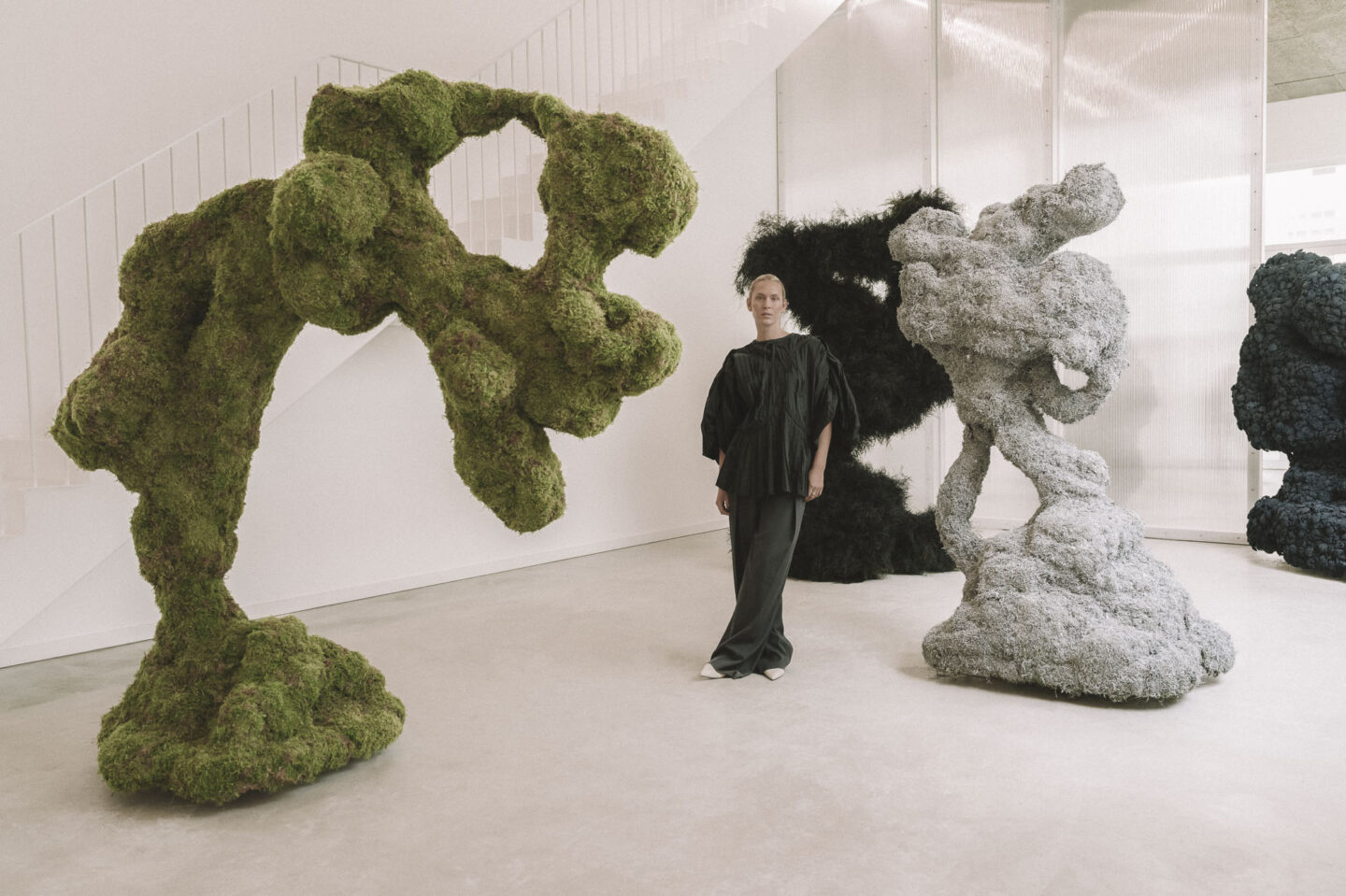
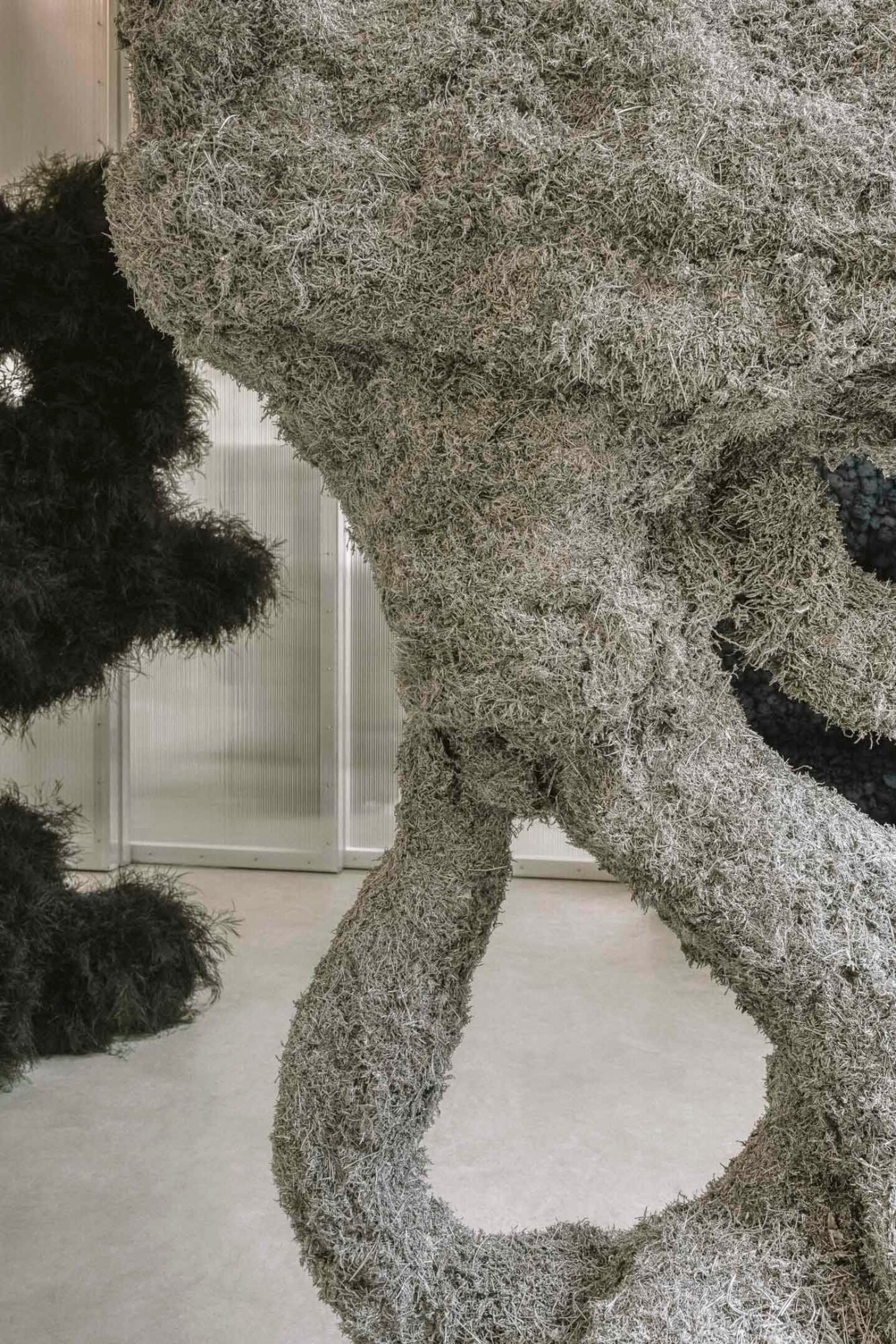
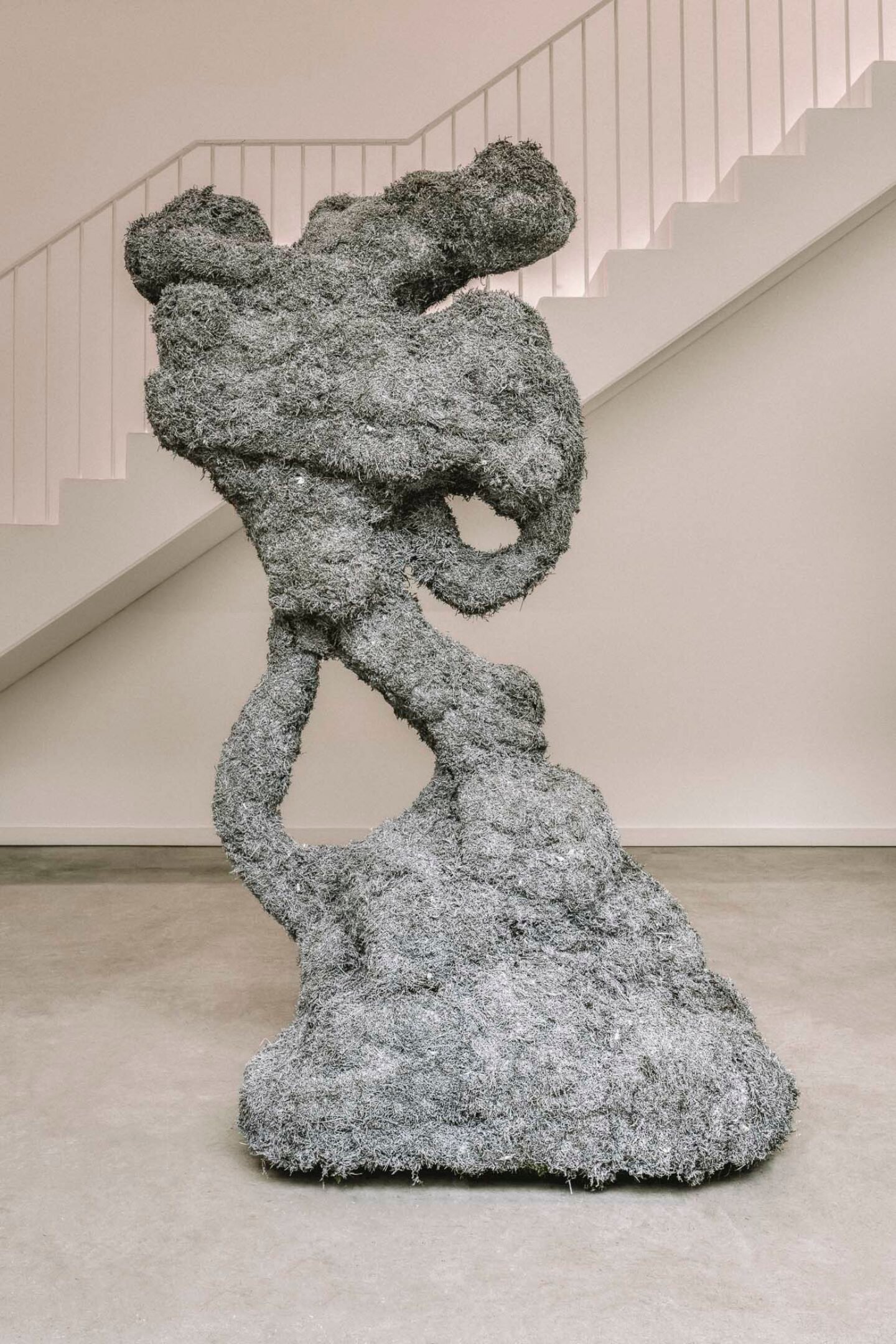
Creativity of Contrast
The tonal and textural contrasts embodied by the sculptures on show – black fluff and sleek brown; high touch-green and high-tech silver – exemplify Klinkenberg’s artistic sensibility at large. There’s always an edge; a tension: between different colours and energies; polish and grunge; the tangible and the conceptual, the industrial and the organic. “I can never just have too pretty or too romantic. I always need this kind of contrast,” she says of her creative DNA.
For over a decade, her creativity was geared towards another discipline. “I decided that I wanted to be a fashion designer when I was 14,” Klinkenberg says. Hands-on from a young age, she started sewing her own clothes, and when it came time to study, was accepted into a Design Bachelor in Fashion at Berlin’s Universität der Künste. During her degree, she realized something wasn’t clicking. “I began to notice that just working on the body was not enough for me. I need a bigger canvas. I’m actually more interested in creating atmospheres and working in spaces and rooms,” she says.
On graduating at 24, it was time to rewrite the script she’d been following for the past decade. “I actually had to rethink everything, and find my way,” Klinkenberg says. Another creative outlet was demanding her attention. During her studies, she opened the first of two restaurants with her siblings, and fitted out the interior with a friend. In the evening, it was rented it out for private events. “That’s when I started working with flowers,” she recalls.
First, it was “little bouquets for weddings or corporate events.” Soon, it morphed from table arrangements into increasingly larger installations. Eventually, other companies came calling. Their openness to new ideas – her ideas – was motivating. “That’s when I decided okay, this is what I want to do,” she says. Next came a lot of trial and error. “Botanical instillations are part of such a new field where there are no rules,” she says, “so you actually just have to try it out.” DIY megastores are her go-to for the equipment required to build the structures on which her organic materials come together. Her essential? “The thing I will always be grateful for is chicken wire.”
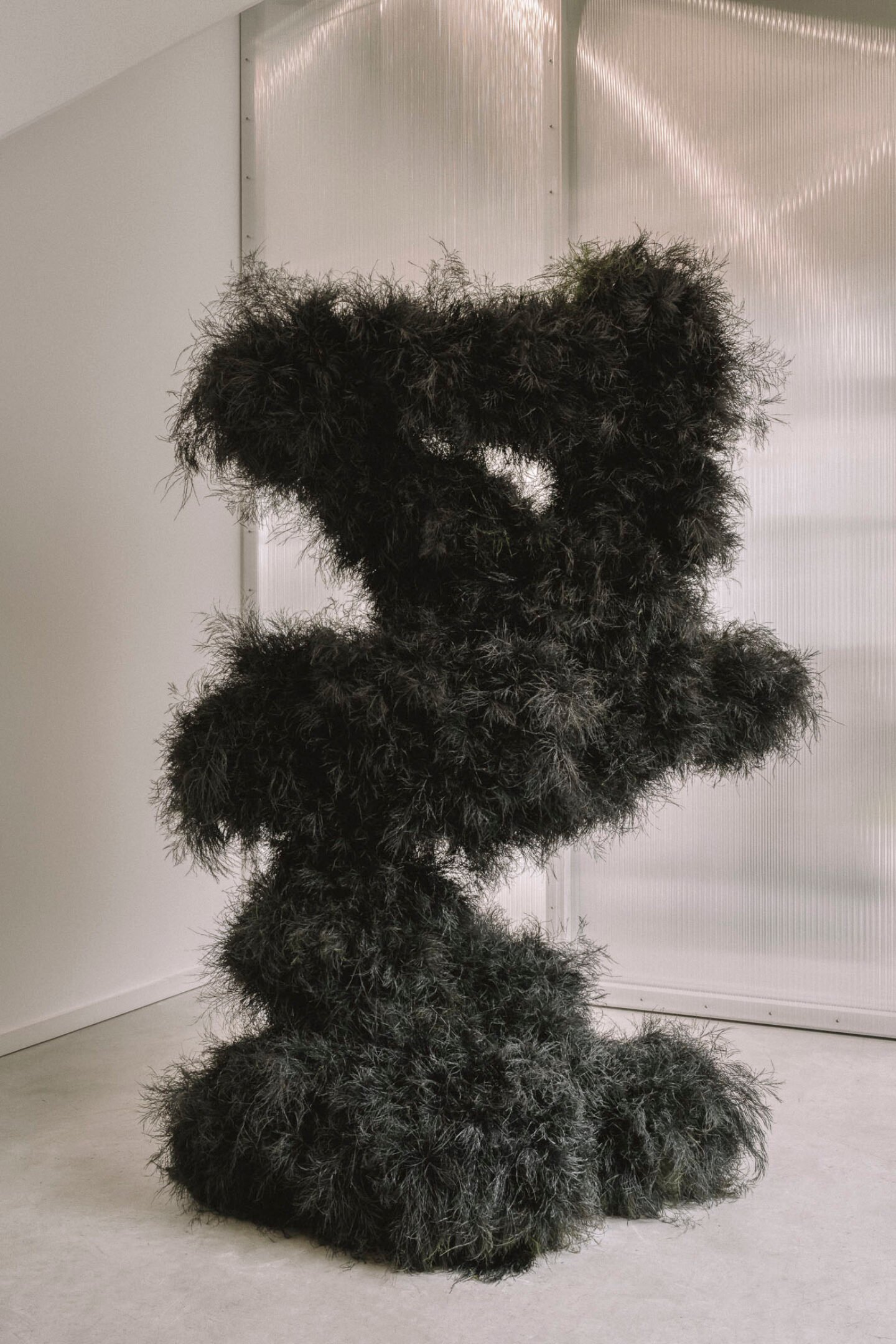
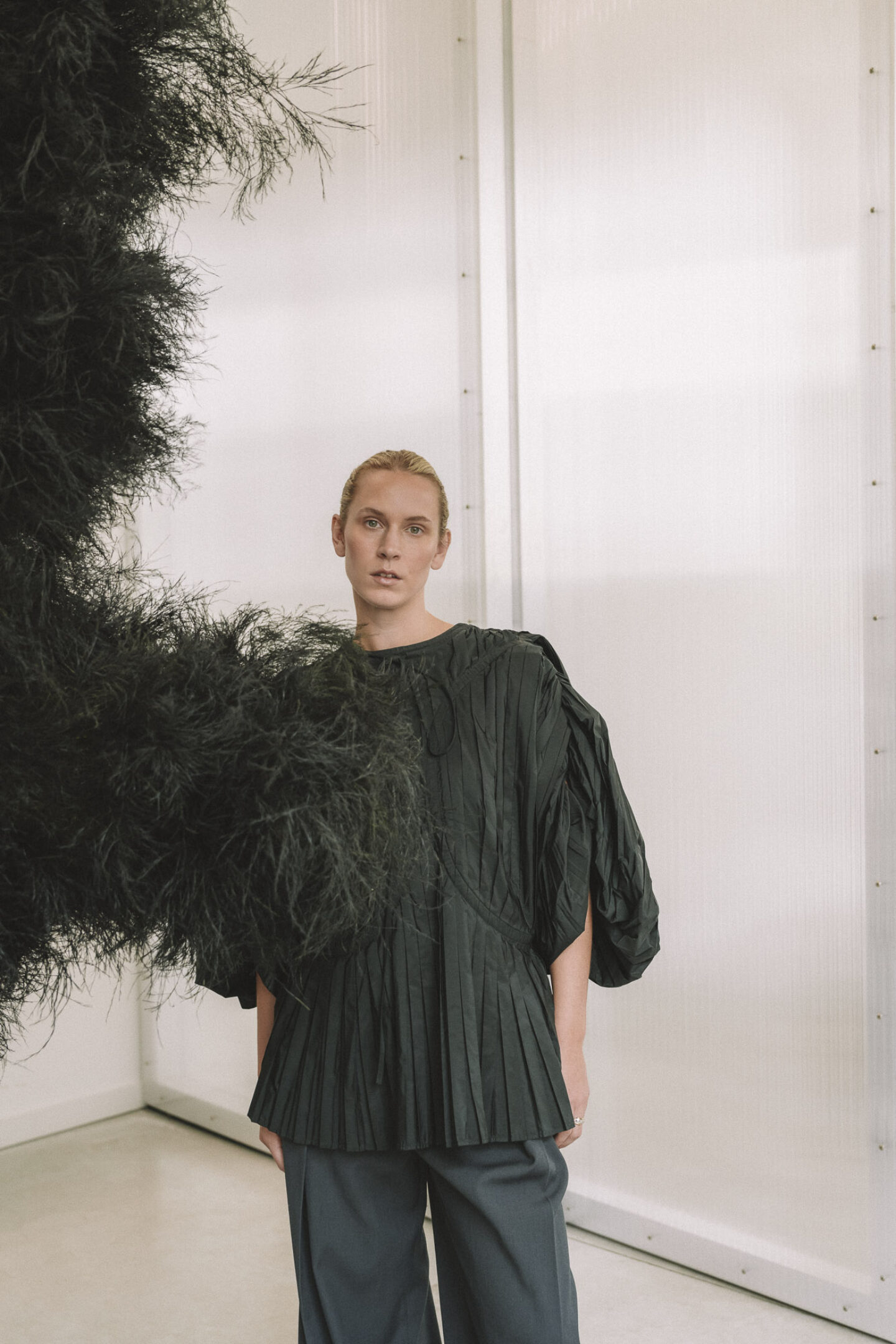
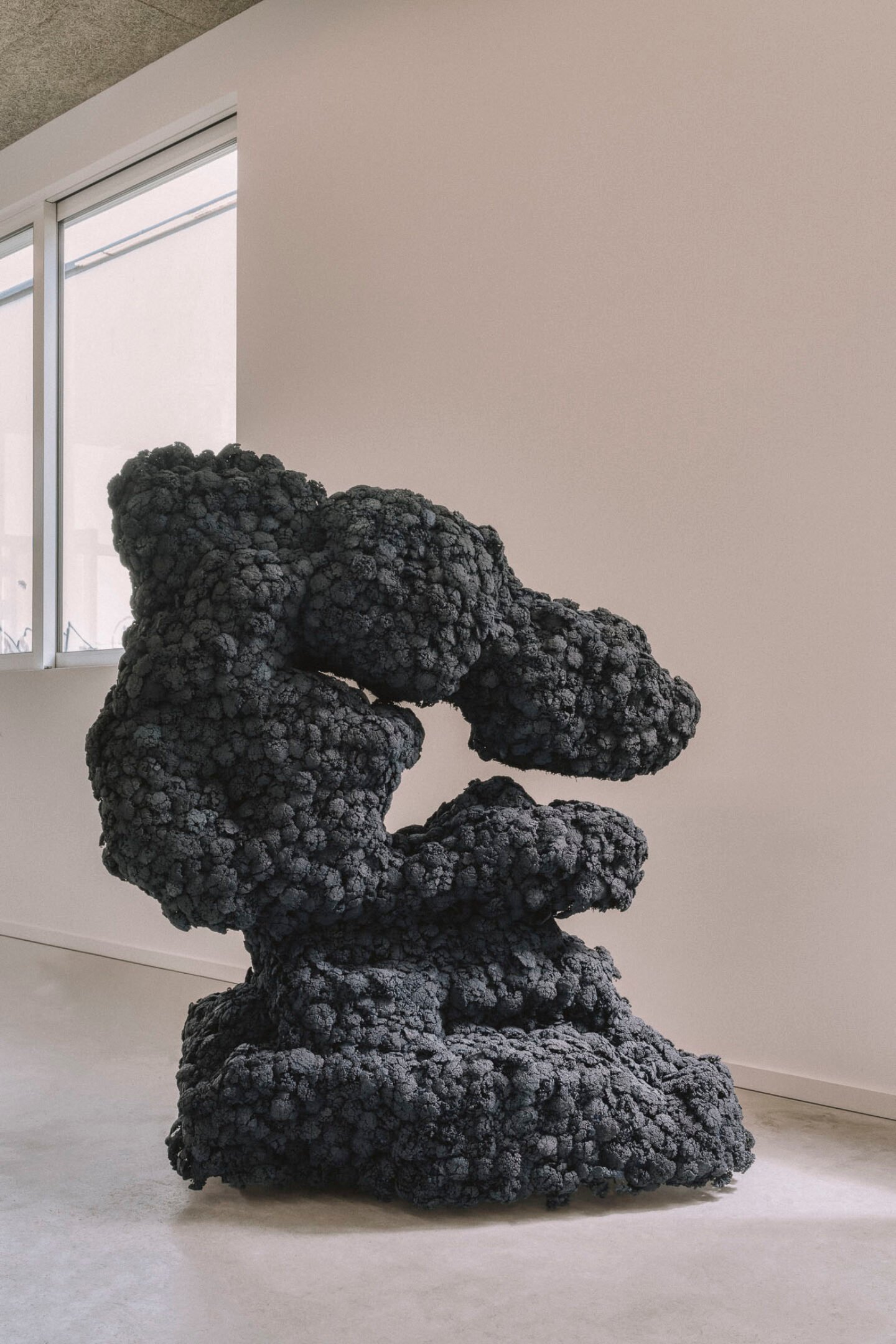
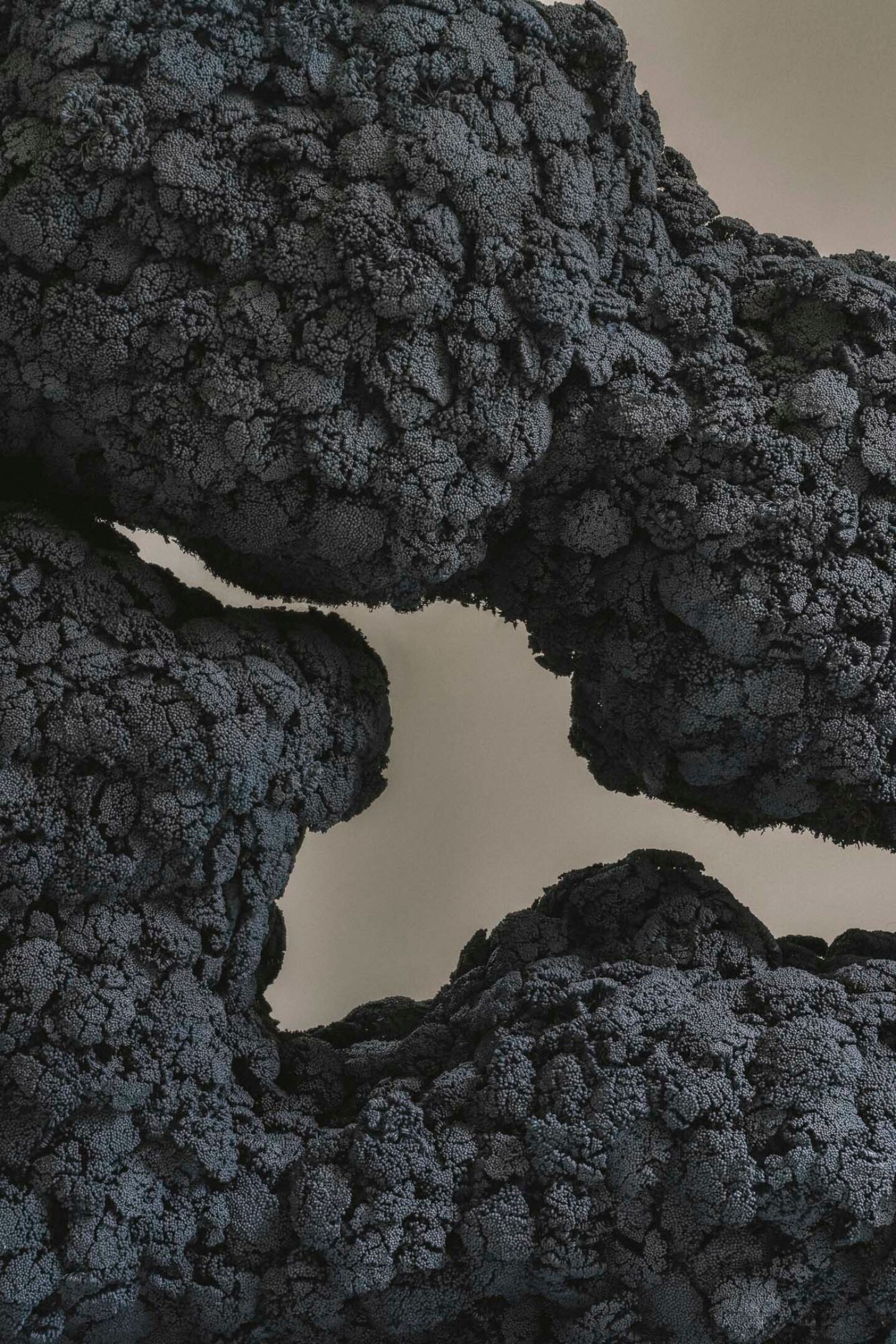
Material Follows Form
In departure from conventional floral practice, which tends to start by selecting flowers before building them into arrangements, materials follow form for Klinkenberg. Her creative process largely takes place as she moves through the city, taking note, and photos, of things that catch her eye, from the mundane to the unexpectedly magical. “When I walk or drive around the city, I always see shapes in things,” she says. “It could be a bush climbing over a barrier wall at a highway.” Her eyes light up. “Highways are really inspiring, because the fields or streets close to highways, they aren’t really looked at. Nature is just doing whatever it wants to there,” she says.
No surprise, then, that watching the natural world speed by from the road is a favorite source of ideation. “I have this deep appreciation for nature. Spring in the city, for example – I really don’t want it to stop. I just walk around or drive around all the time and take tons and tons of pictures.” While she might never look at the photos in her camera roll again, the inspiration she gathers crystallizes into ideas for her botanical sculptures: “I take them just to save them in my memory.”
When it’s time to bring her shapes to life, she heads to her workshop, which is also in Kreuzberg. Klinkenberg is quick to dismantle idealized impressions of the life of a floral artist: “People always have this romantic version of a floral designer having a really nice studio, but in the end it’s just a workshop. When I start creating, I just need a room where I have space where I can put everything I need.”
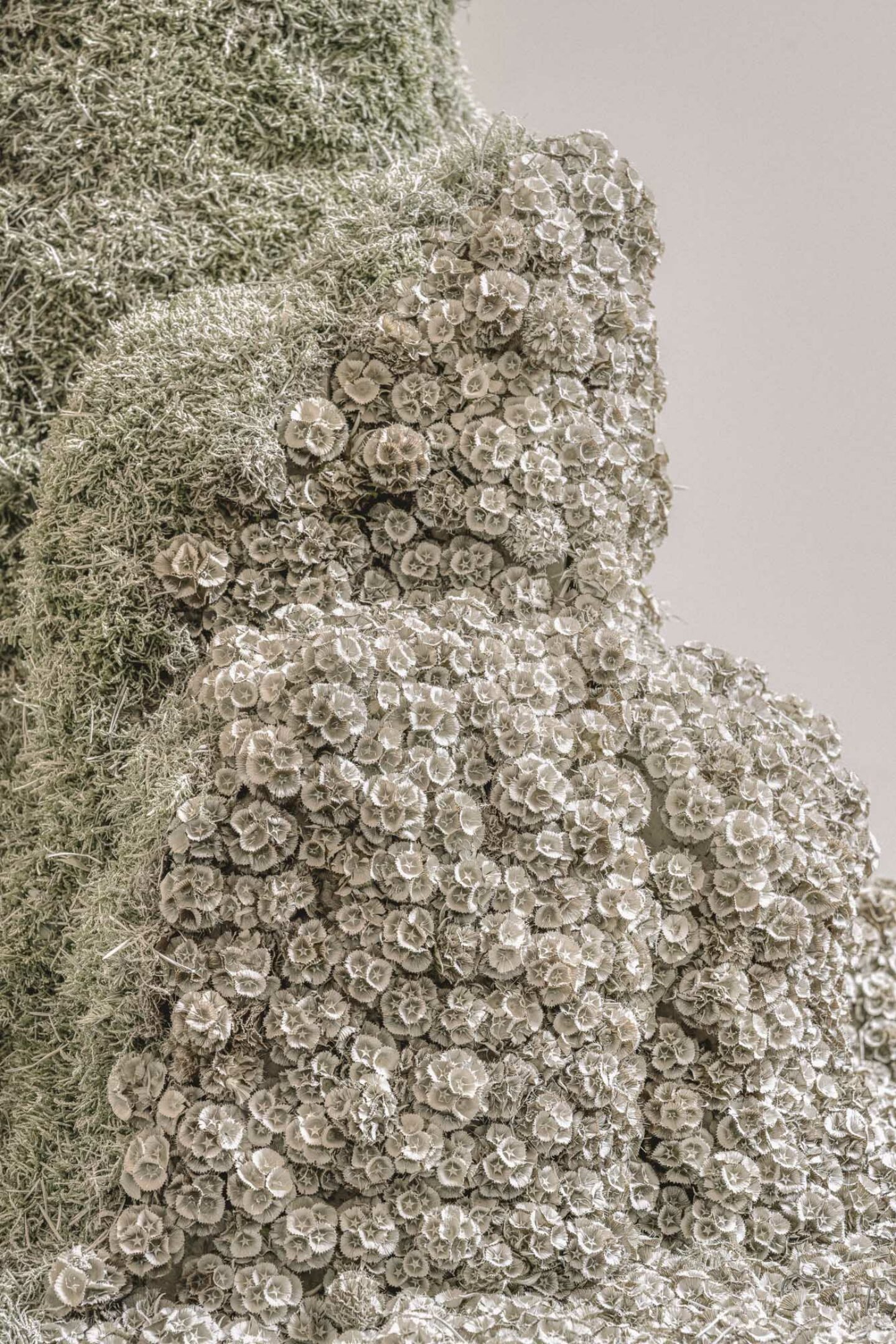
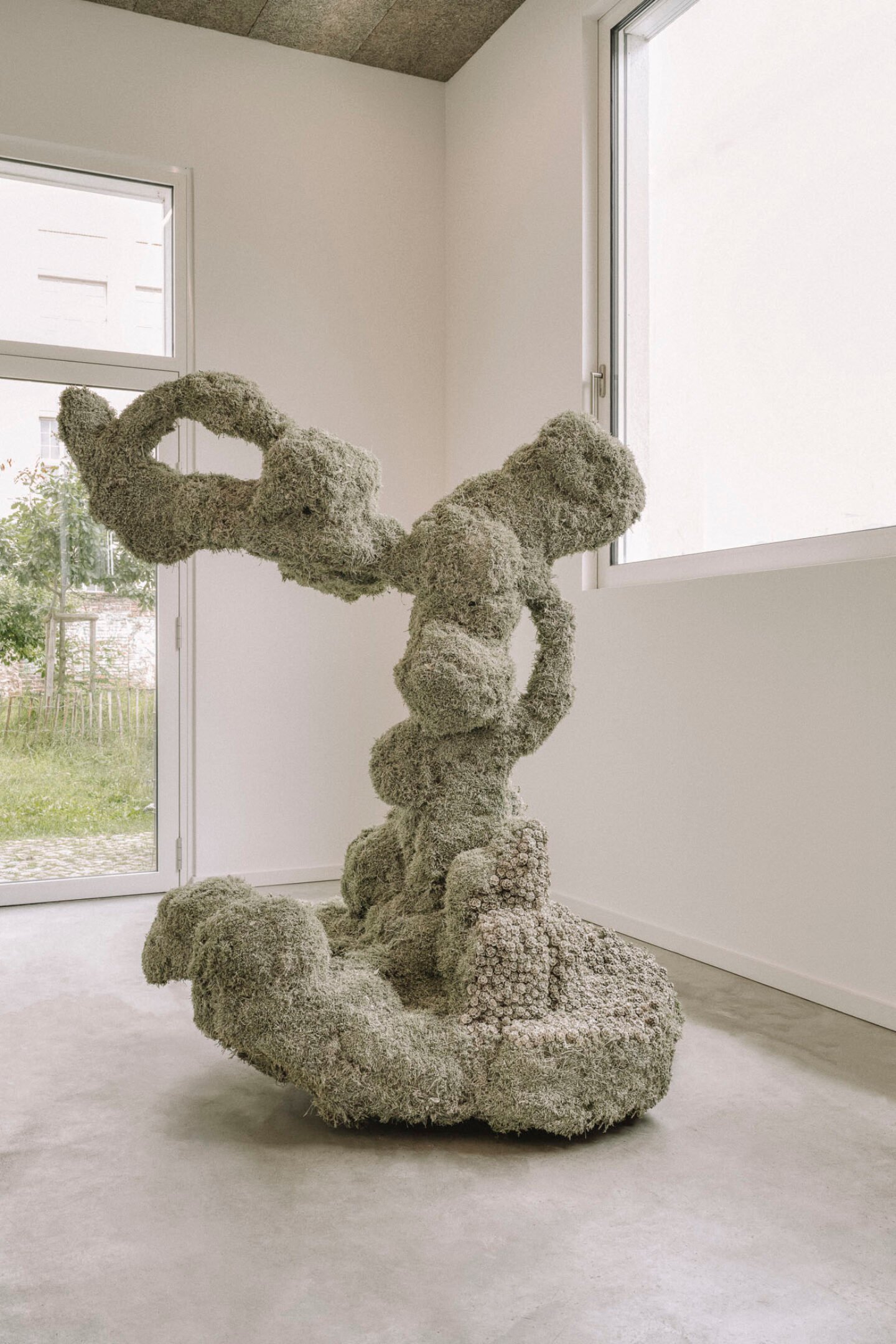
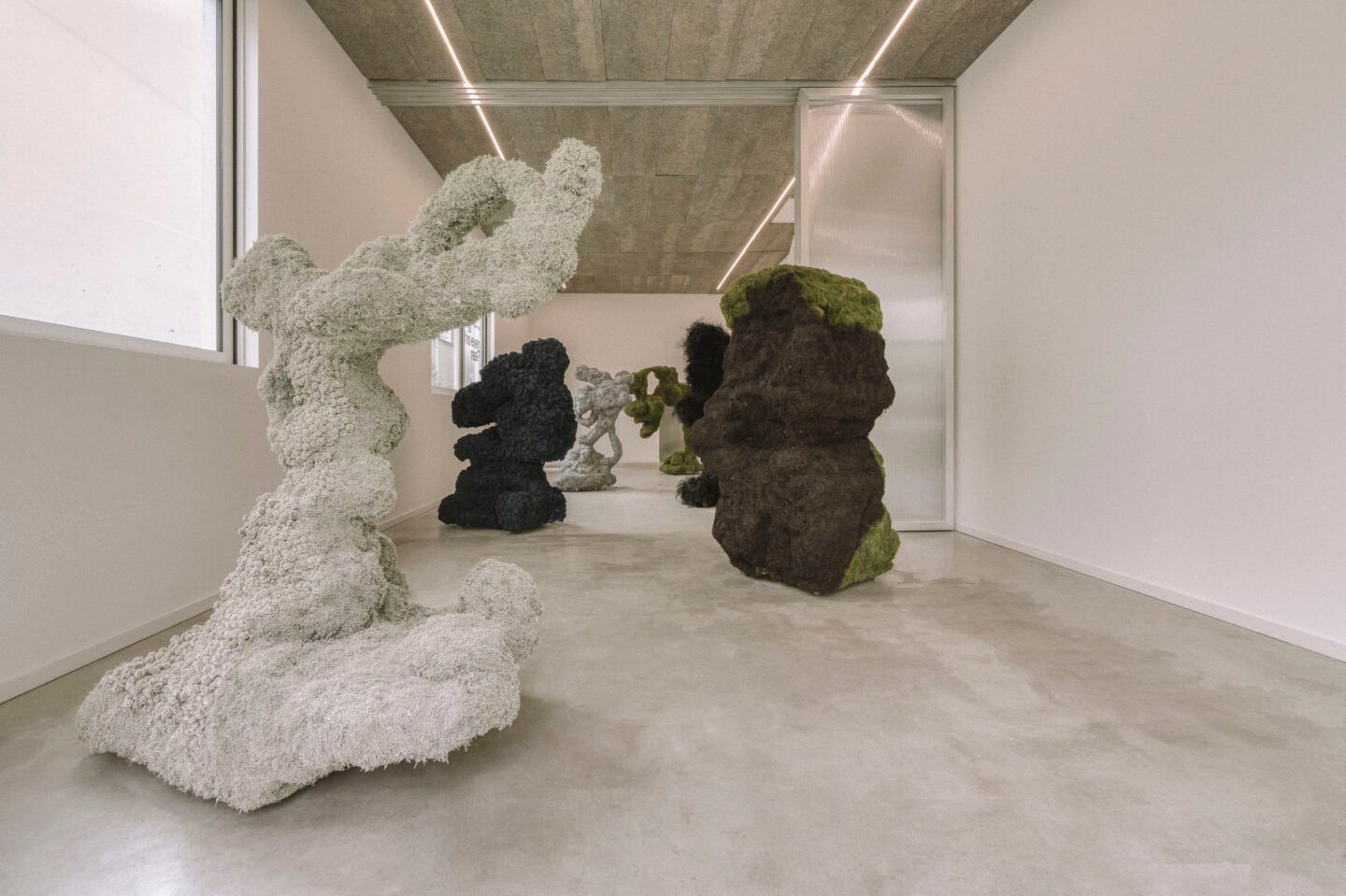
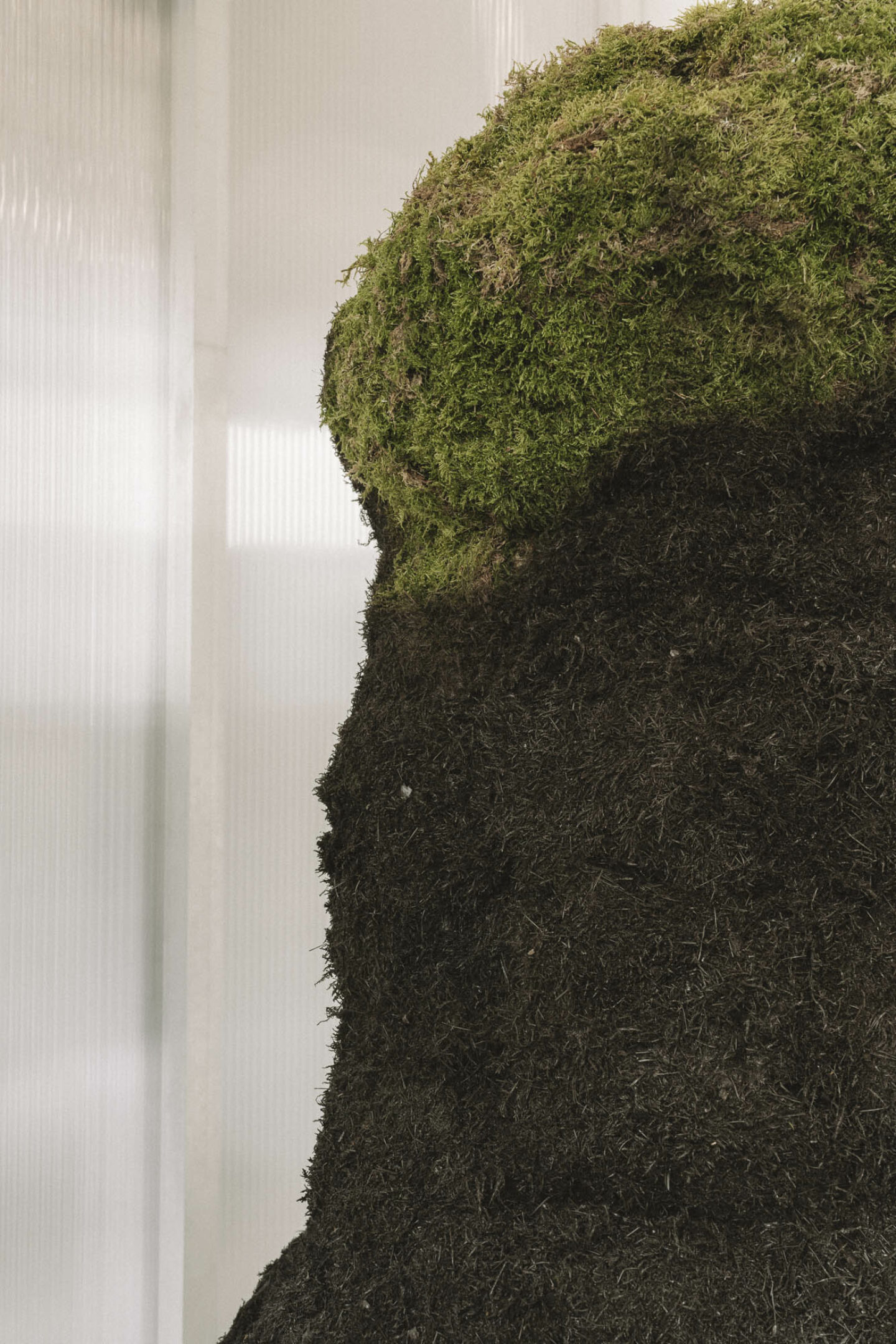
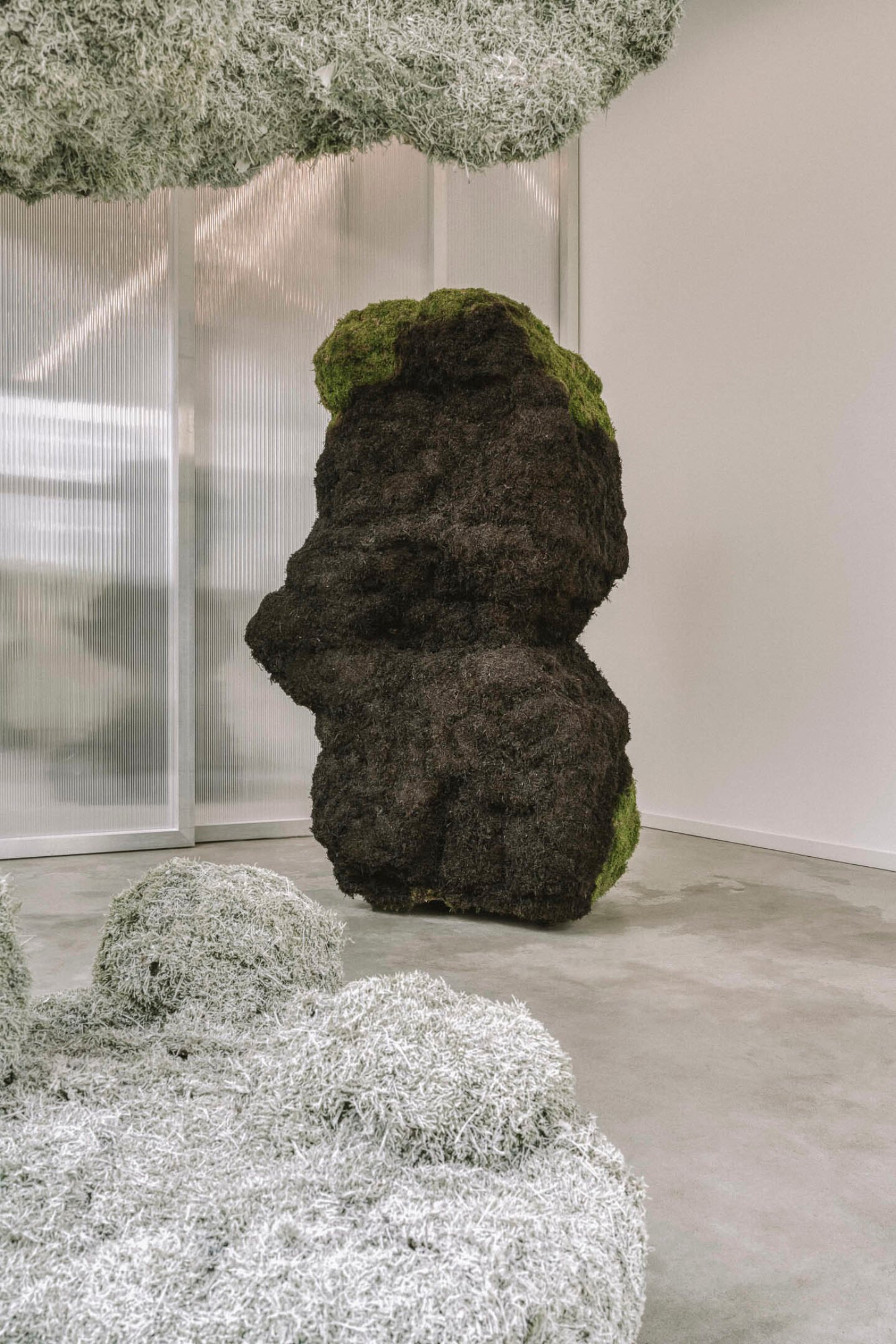
The Question of Time
Briefs that come from clients – often through word of mouth or, in the case of international projects, via Instagram – differ vastly. “Some clients have an idea or a color scheme they have to follow. Others are really open, just saying, ‘We want to do something different.’” A visual dialectic kicks things off. “The client has some moods, then I respond with different moods that I feel get to the essence,” she notes. “As soon as we’re aligned, I start getting into shapes, then as soon as the shapes are clear I start thinking about which flowers or materials I could use to actually realize the shapes I have in mind.”
Dealing with the inevitability of decay is part of the process. Klinkenberg is matter-of-fact in the face of the fleetingness of her work. “When I started, it was really tough for me to actually find a coping mechanism for this,” she says. “Now, I am trying to see the beauty in it. When I do installation events, for example, I always have to think, ‘Okay, is this flower going to last for the next four hours without being watered or without having water available? I never work with foam; I always try to work with wire so as to not pollute the environment. So there’s always the thought: how long are they going to last?”
Answers lead her to prefer flowers that dry “the way they come,” she says. The Brunia, the Scabiosa and the Achillea are on high rotation. Ferns tend to last well, as does her beloved low-maintenance moss. That said, Klinkenberg’s vision is ever-changing. “The seasons and I, we kind of grow together,” she says. “I feel the years before, I worked a lot more on the ground, and now it’s kind of growing into higher sculptures. Of course, it’s also about going with what’s available, what I can get flower-wise and which colors are interesting.” One color in her palette remains a firm favorite, whatever else evolves: “it will be green; forever.”
Images © Clemens Poloczek | Text: Anna Dorothea Ker
